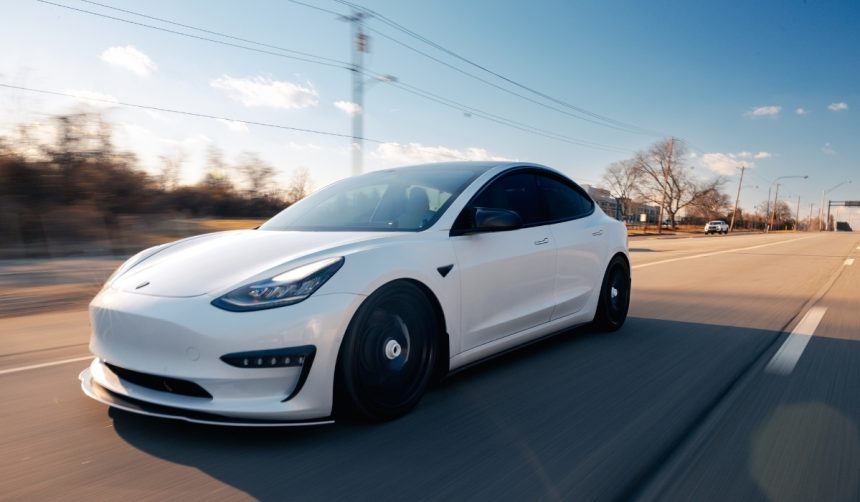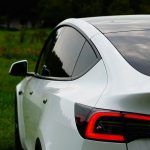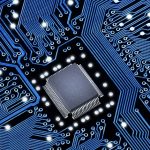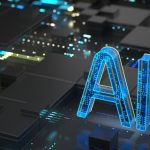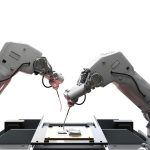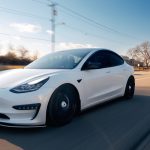A unique fusion of dining and electric vehicle charging is nearing completion on Santa Monica Boulevard, where the Tesla Supercharger Diner looks set to welcome customers around the clock. Curiosity has grown as the diner’s structure and signage suggest an imminent opening, driven by CEO Elon Musk’s longstanding idea to create a destination blending classic Americana with sustainable technology. The project promises not only to deliver food at all hours but also to serve as a distinct point of interest for both Tesla drivers and the general public. Locals have watched the gradual transformation of the space over the past two years, anticipating how Tesla’s vision will materialize in practice. With indications of food service style and operational strategy still not fully disclosed, expectations continue to mount.
When rumors and initial plans for a Tesla-branded restaurant and charging facility began surfacing in 2018, industry watchers speculated about how it would compare to the traditional American diner. Earlier updates described incremental progress on the structure and technological features but lacked operational details. Some commentators have questioned whether such a venture would go beyond being a roadside novelty, while others pointed to how Tesla habitually intertwines entertainment and brand experience at their physical locations. Now, details such as the 24/7 opening hours and hints of advanced automation mark a clear shift from early speculation to concrete execution.
How Does the Supercharger Diner Integrate Tesla’s Brand?
Despite elements inspired by mid-century American diners, Tesla’s Supercharger Diner introduces its own signature through technology integration and EV infrastructure. The location is designed not just for Tesla vehicle owners but also for anyone interested in experiencing a modern take on roadside dining. By merging drive-in style comfort with on-site Supercharger access, the company aims to create a space where customers can relax or eat as their electric vehicles recharge. The combination of classic ambiance and Tesla’s technological emphasis reflects the company’s broader goal of reshaping public spaces tied to mobility.
Will Robotics Play a Role in the Diner’s Operations?
Yes, Tesla has signaled its intention to incorporate robotics, hinting at the eventual presence of Optimus, the company’s humanoid robot, as part of the diner’s workforce. While human servers and cooks are expected at launch, there is an expressed aim for automation to gradually take on routine tasks. This strategy aligns with Tesla’s ongoing efforts in robotics and AI, suggesting that employees could eventually shift toward supervisory and technical roles as automation increases. Tesla executives have highlighted their ambition to minimize repetitive labor using in-house AI advancements.
What Are the Operating Hours and What to Expect on the Menu?
The diner is slated to operate 24 hours a day, 7 days a week, mirroring the continuous service model favored by many traditional diners. The menu, however, remains undisclosed, with no official announcement from Tesla about available food options. CEO Elon Musk commented on having dined there and spoke positively of the food, increasing anticipation around the culinary offerings.
“Almost every team at the company…in some form” has participated in the development of the Supercharger Diner, according to Tesla’s public statements.
This level of internal collaboration indicates a multifaceted approach, integrating design, culinary planning, robotics, and infrastructure management.
The use of technology and extended hours of operation set the Tesla Supercharger Diner apart from existing roadside eateries, blending a nostalgic dining experience with the core aspects of Tesla’s brand philosophy. Observers note that, should robotic staffing become a norm, other quick-service operators may evaluate similar automation models to remain competitive. For now, Tesla’s approach encourages speculation about possible menu innovations and future hospitality trends tied to electric vehicle charging locations. Customers visiting the site will likely encounter features and service choices unique within the Los Angeles food scene, closely watched for both their novelty and practical impact.
The pending debut of the 24/7 Tesla Supercharger Diner highlights an approach that bridges established traditions with emerging technologies. By offering continuous access and signaling future automation through Optimus, Tesla repositions the roadside diner as a multifunctional space. Local diners, visitors, and Tesla owners alike will test the popularity and performance of the newly opened location. Those considering a stop might observe firsthand how the hospitality industry and sustainable transport ecosystems intersect. Understanding these developments can benefit business operators, city planners, and consumers interested in the outcomes of tech-driven hospitality ventures.

